
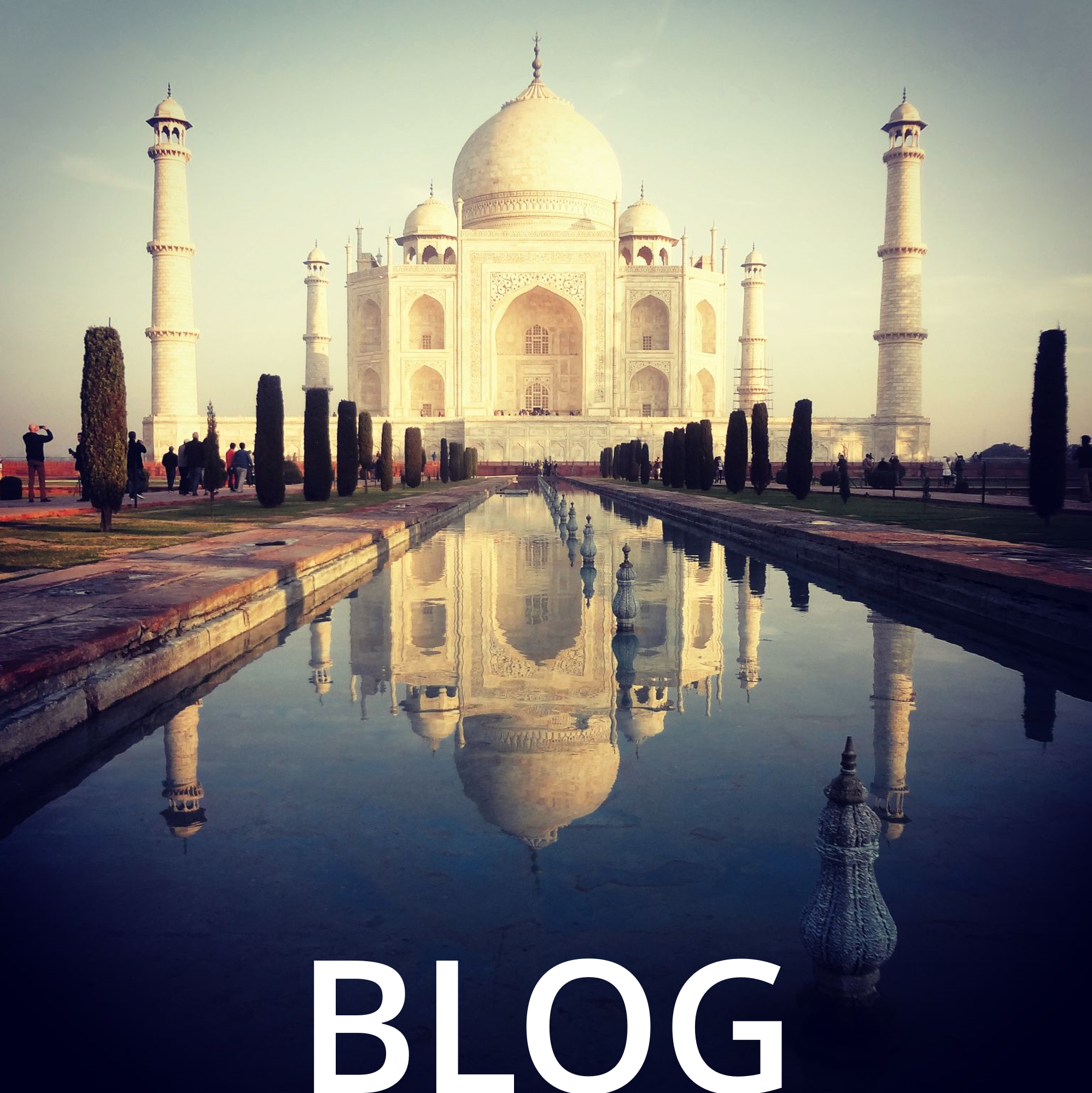
Traveller Guide
Click on a marker to read the blog.
If the map does not load, please refresh the page.
(Hong Kong, Macau, Shenzhen, Bangkok, Penang, KL & US blogs coming soon.)
Ubud, Bali, Indonesia
Ubud - famous for being the setting of the ‘love’ segment of the best-selling memoir, Eat Pray Love, Ubud is
often referred to as the ‘Cultural Heart of Bali’. For some Ubud acts as a place of spiritual awakening,
for some it is a get away from the charged atmosphere of South Bali and for others it is the one place in
the world that convinced them to turn away from their western lifestyles and turn a stay of a couple of
days into months or years.
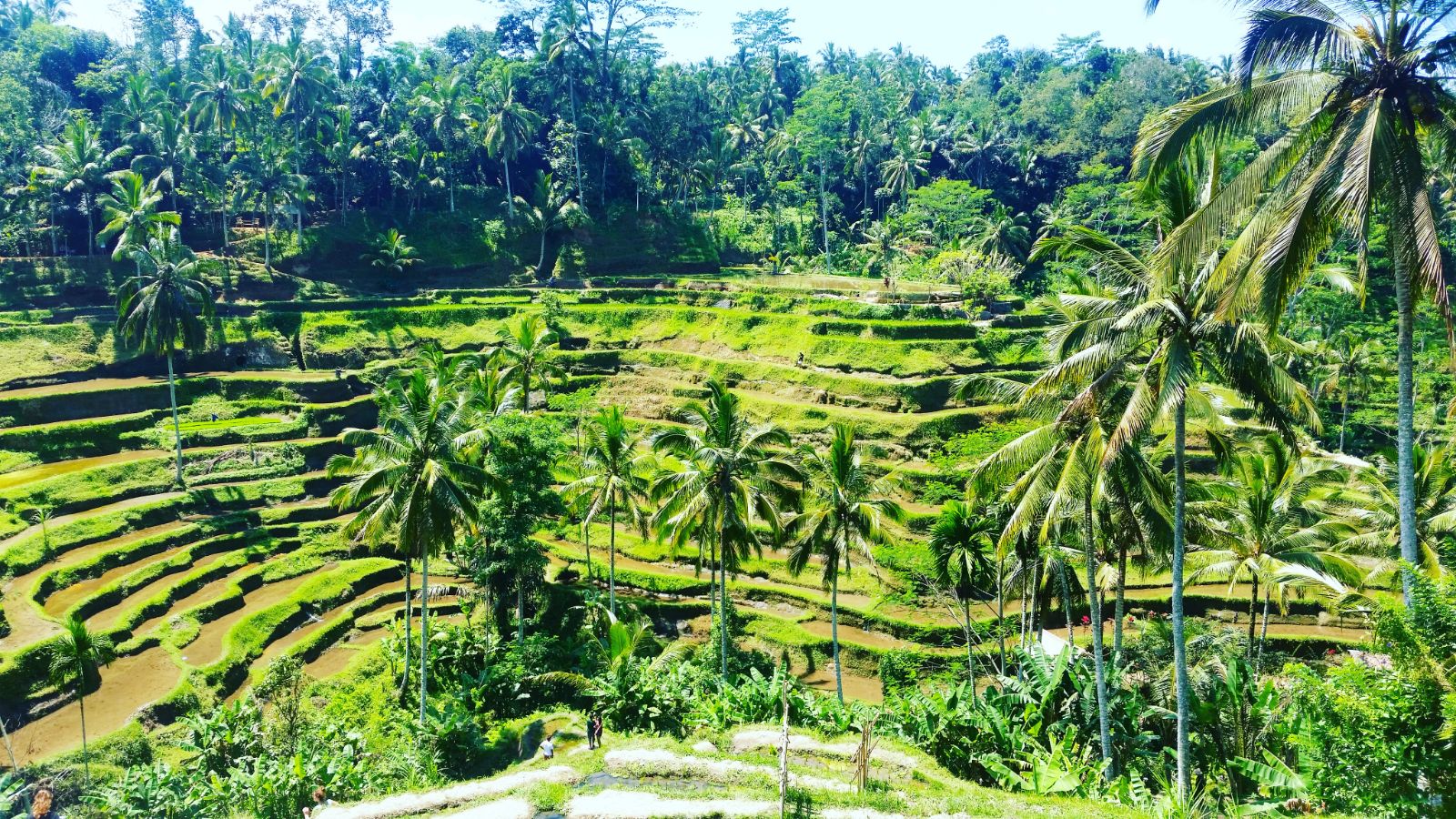
The green terraced hills of Ubud are a cocktail of traditional Balinese Culture, yoga, elaborate vegan
delicacies, beautiful temples infused with royalty. We enjoyed the food, the cultural shows, the temples
and more importantly the hospitality offered by the locals. In contrast to South Bali which is hosted by
slightly aggressive, Ubud, is home to Balinese people who are some of the friendliest individuals you would
meet around the region.
While travelling through Bali, Ubud is the ideal base to explore central, northern and eastern parts of
Bali. It allows for you to get away from the touristy vibe and experience Bali for what it traditionally
represents.
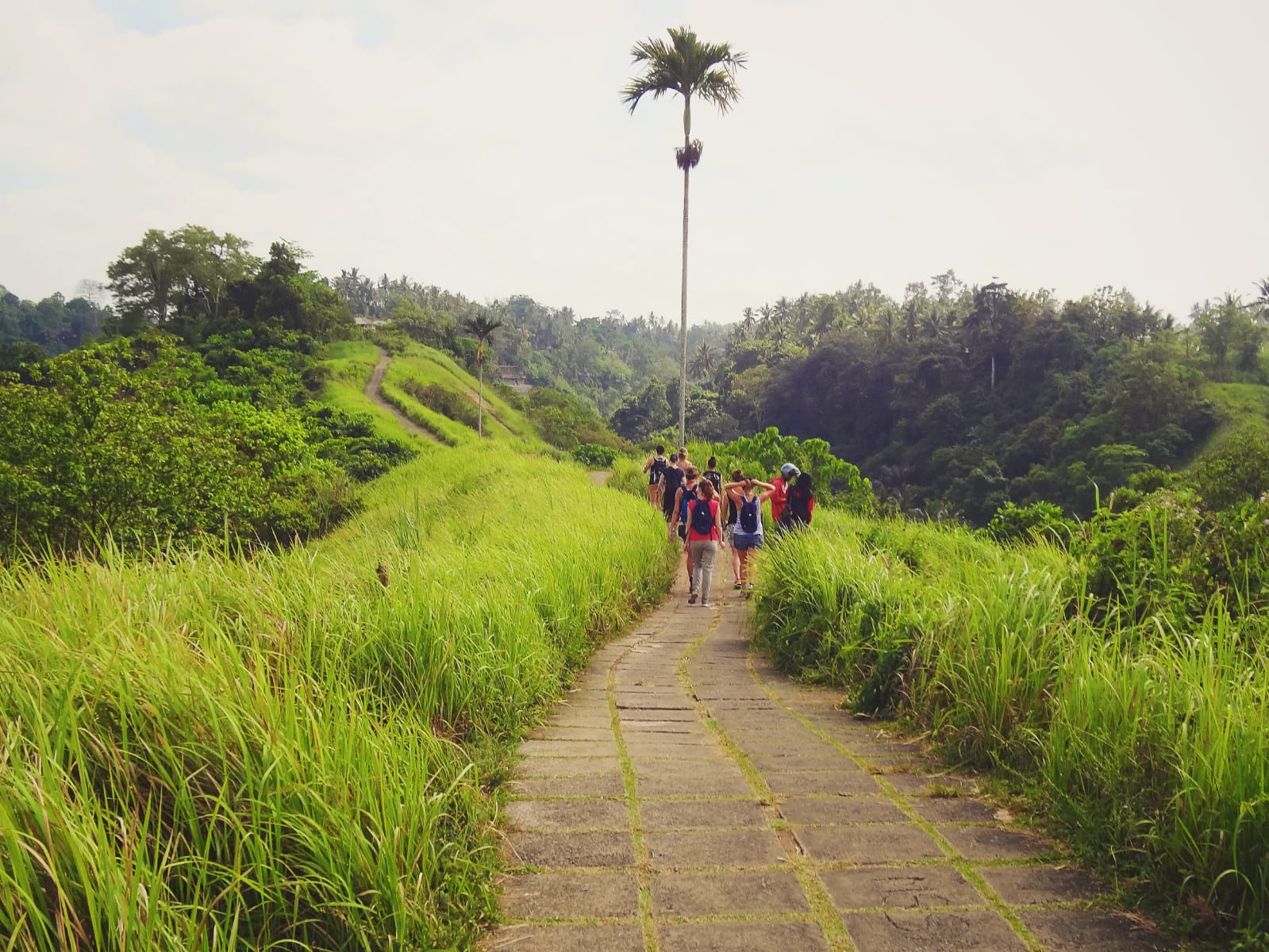
Food specialities: Vegan delicacies, detox drinks, cheap cocktails
Attractions: Monkey Forest Sanctuary, Tegallalang rice fields, Yoga centers, massage spas, art
markets, cultural shows
Tips: Always bargain – don’t let the over friendliness fool you (start 20-25% of the proposed price),
talk to locals and hire a car + driver for the whole day, the food is worth the money
Melbourne, Australia
For years Melbourne has been the holder the title of “The Worlds Most Livable City” and why would it not be
with its multicultural population and various ethnic enclaves which help create an accepting environment.
Out of the major Australian cities I have visited I felt Melbourne was the city that reminded me of
Wellington the most. What surprised me were the facts I learnt on the free CBD tram that Melbourne has the
largest Italian population outside of Italy, is home to the third largest Greek speaking city based
population globally and the large Vietnamese influx was reflected by Nyugen being the second most common
surname in Melbourne’s phone book. The cultural diversity spills over in the quality diverse restaurants
which are dispersed between the hipster cafes which are home for the world-famous Melbourne coffee.
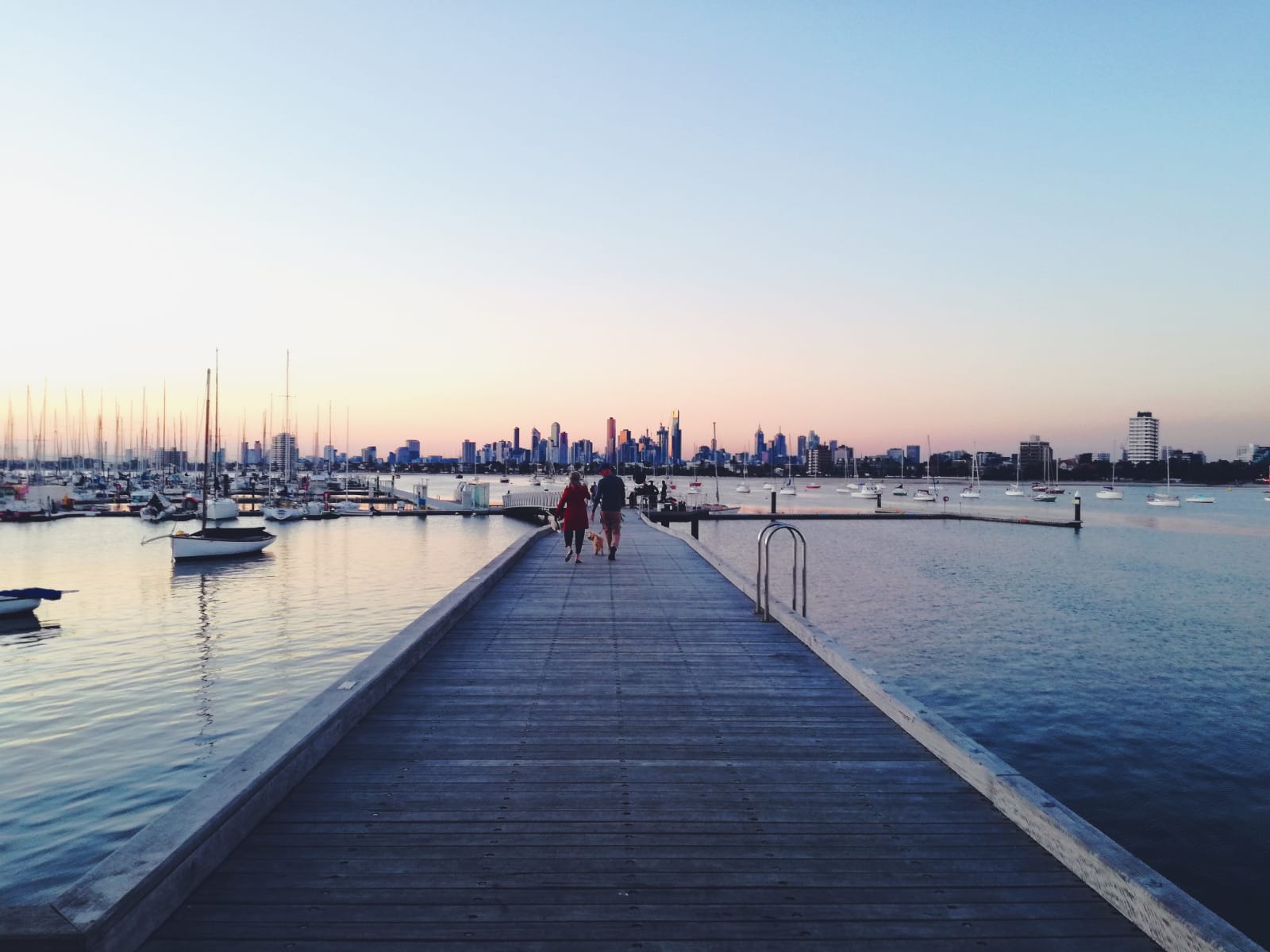
Over the course of three days we focused on getting to experience Melbourne like a local as much as
possible. The frequency of public transport helped us to travel to the nearby suburbs of St. Kilda and
Brighton to get away from the bustling CBD region and enjoy the beaches and its attractions. Having a
passion in architecture meant I could marvel at the infrastructure and layout of the city which meant we
could walk along the beautiful Yarra River, past the Flinders station on the way to the historical MCG to
watch Melbourne Football Club take apart the opposition in a game of Aussie Rules. As all cities have their
strengths and weaknesses, the three days helped me conclude why year in year out Melbourne is awarded the
title of “The World’s Most Livable City”.

Food specialities: world famous Coffee, multi-cultural cuisine and rooftop bar hopping
Attractions: Catch a sports game at the MCG, walk around the CBD and don’t miss the alleyways
littered with street art, walk along the Yarra river and take in Melbourne come to life at night and watch
the sunset over Melbourne from St. Kilda after marveling the Brighton Bathing boxes.
Tips: Catch Skybus from and to Airport, the expensive eateries aren’t always the best, walk or catch
the tram around the CBD
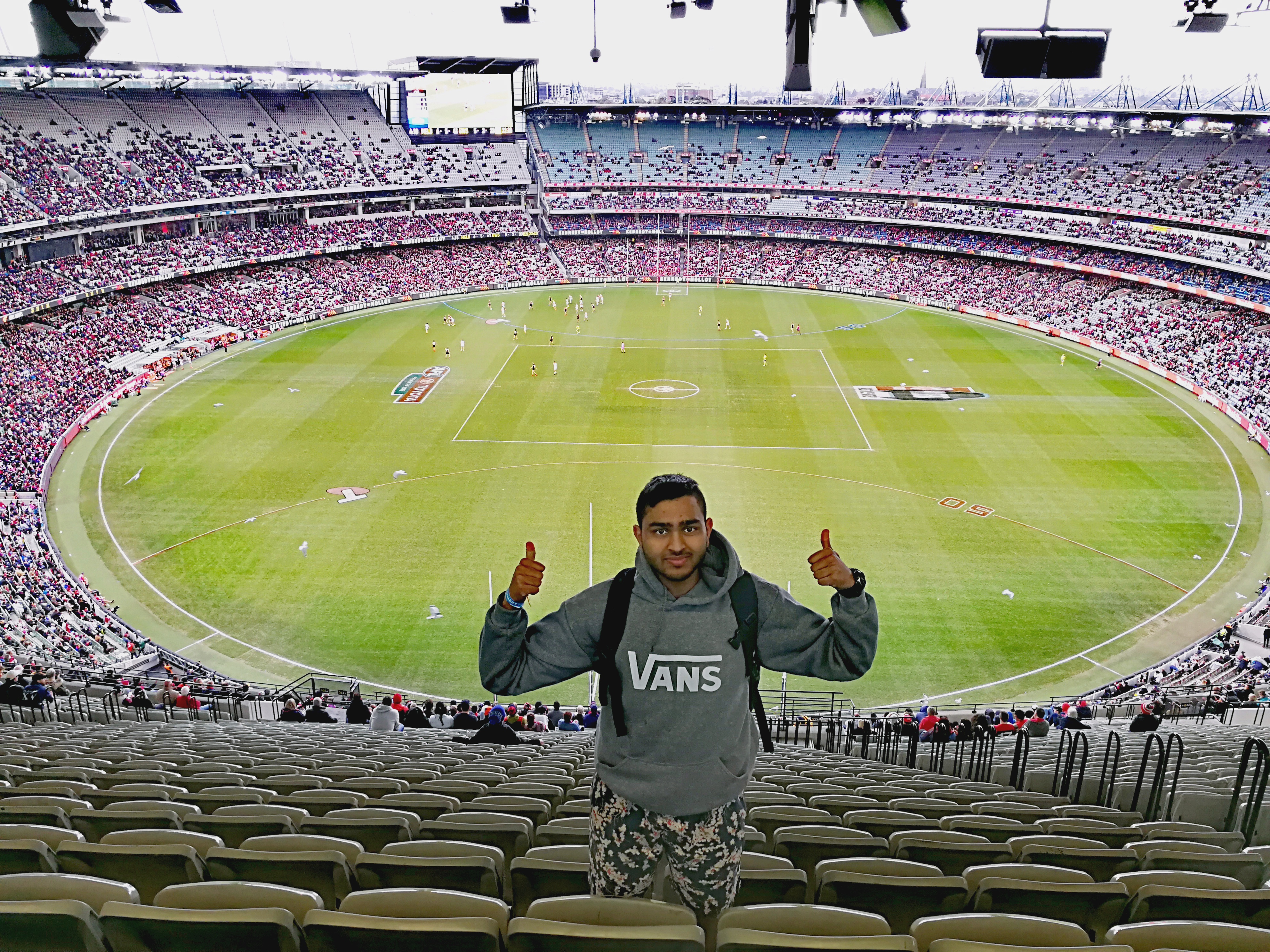
Singapore
Singapore is finally becoming a must visit amongst Asian destinations. From the minute you land at the
airport till the moment that you leave the country you are left in awe by how the so-called concrete jungle
has been turned into one of the most attractive eco-friendly destinations. The central location means it
can act as an effective base for travelling throughout Oriental Asia, South-East Asia and the
Sub-Continent.
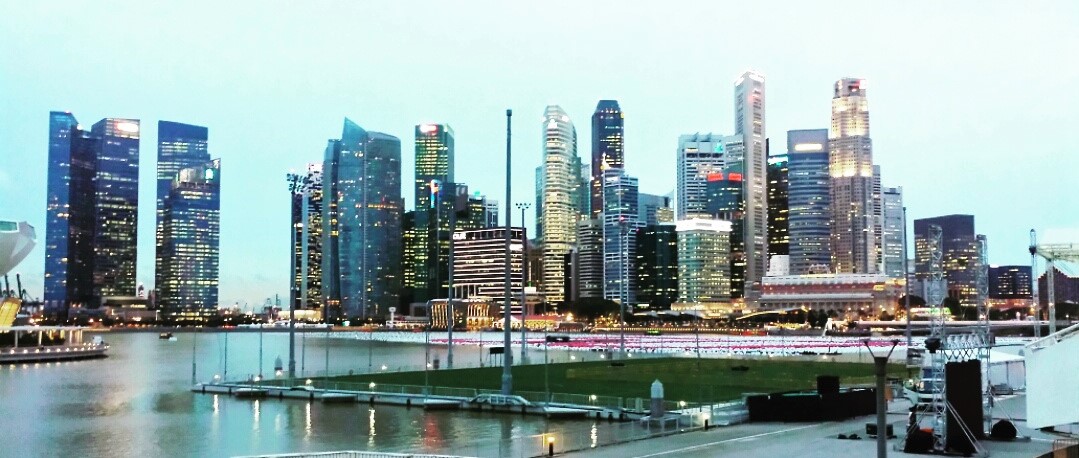
Spending 2015 New Years in Singapore was a lot more unique to the usual Singapore experience. Two days were
spent walking the CBD exploring the local malls, temples (Buddha Tooth Relic Temple stands out), hawker
centers while taking in the views offered by the Singapore Flyer and almost mystical gardens of the Gardens
by the Bay. The Christmas themed gardens brought a white Christmas feel to the part of the world which
rarely sees snow.
In all honesty observing throughout a day how the Jurong Bird Park, Singapore Zoo and the neighboring
Singapore Night Safari work in cohesion to bring together animals from around the world in a safe
environment to educate visitors while looking after the various creatures personified the Singapore motto
of ‘where passion is made possible’. Compared to the lofty standards set by the other two – the artificial
safari setting of the Night Safari does seem to fall sort of bring the excitement other more authentic
safari settings from other parts of the world.
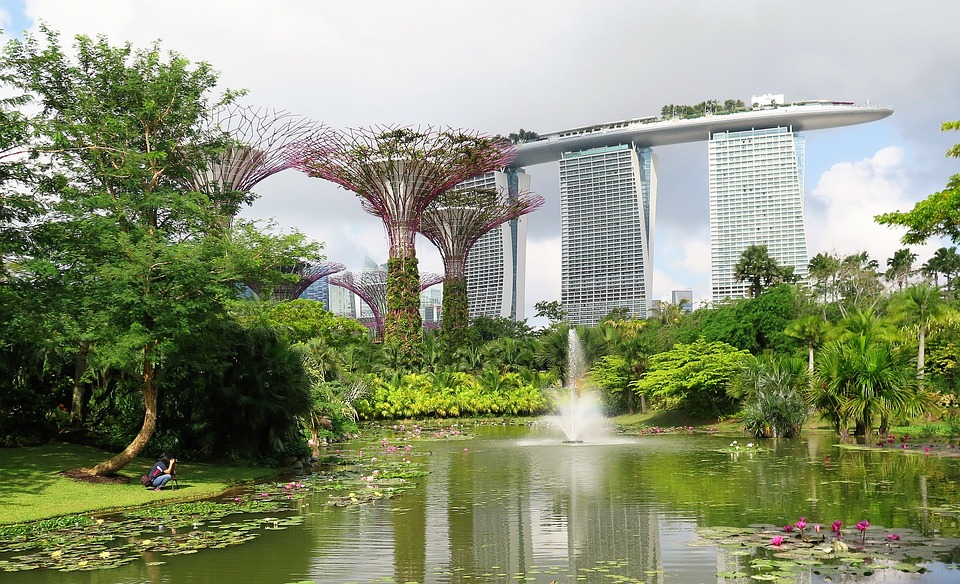
However, the highlight of the trip had to be making the journey on the cable car across to Sentosa Island to
spend New Year's Eve at Universal Studios Singapore. The rides perfectly help built the stories in the
seven themed zones; Hollywood, New York City, Sci-Fi City, Ancient Egypt, the Lost World, Far Far Away,
Madagascar. After leaving Sentosa Island the slow challenge of making it to Marina Bay Sands for the
spectacular New Year’s fireworks has to be part of the experience.
With the rate at which Singapore is evolving it will be interesting to watch from a side how far this ‘green
ecosystem’ will get to create a unique experience which remains authentically Singapore – a cocktail of
cultures – while having the continued point of difference compared to the usual Asian destinations of
Dubai, Bali, Thailand, Japan and Korea.
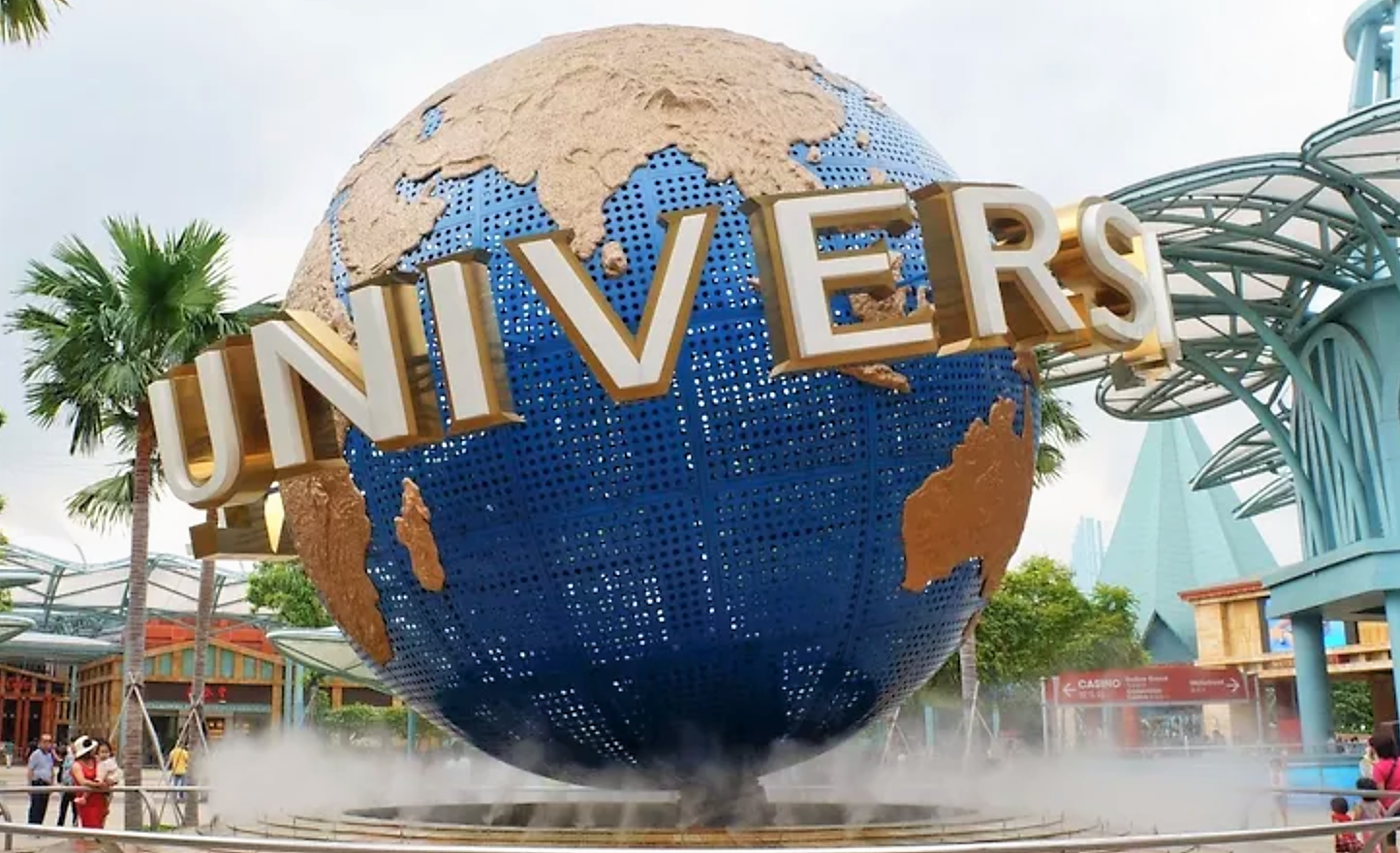
Food specialities: Hawker Centers with Asian Cuisine or going across the border to Malaysia to get
cheap food.
Attractions: Sentosa Island (it has something for everyone), walking along the famed Orchid Road and
CBD in general, Singapore Flyer, Gardens by the Bay, Singapore Zoo.
Tips: Go during New Years to experience the atmosphere and fire-works. Catch the MRT, Mustafa Center
in the precinct of Little India can get you everything for cheaper than the rest of the island. Try to get
the Singapore Airlines Stopover attraction package – as it will save you cost in accommodation and
attraction entrance fees as well as queuing time.
Udaipur (Rajasthan), India
When Chittorgarh Fort fell in 1567, Rana Udai Singh II along with his legendary son Pratap Singh established
and built Udaipur and it was crowned as the capital of the Mewar Princely State. Now days, Udaipur is known
for hosting extravagant weddings, for its man-made Lakes and winding streets which personify the flamboyant
Indian culture as all your senses are teased.
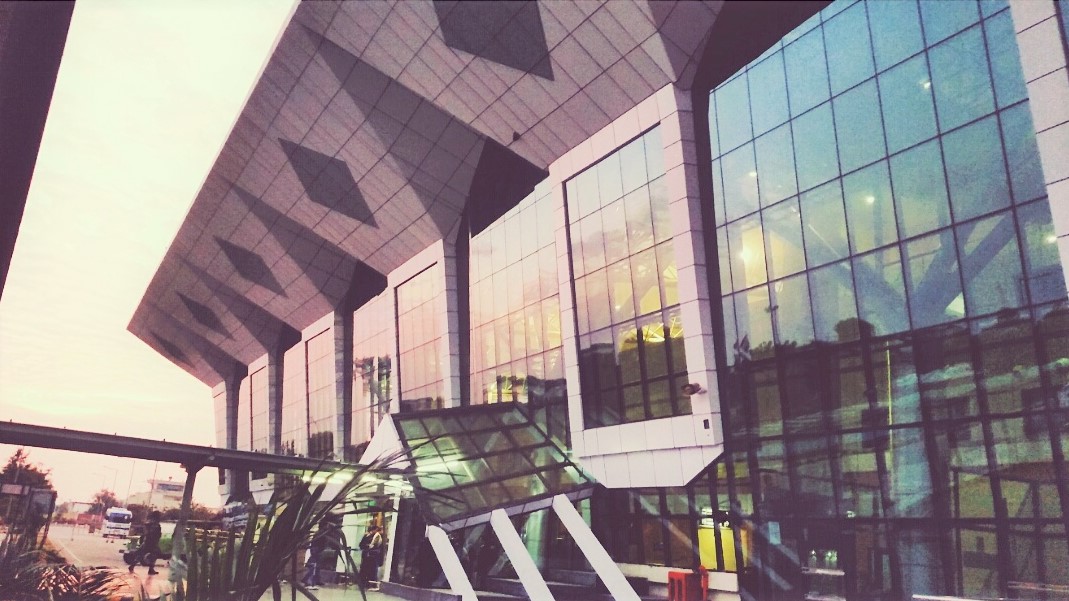
Spending a couple of Udaipur meant we were able to explore the streets and use it as a base to visit
Ranakpur Jain temples, Khumbhalgarh Fort and Chittorgarh Fort which all played a part of Mewar history as
much as Udaipur’s City Palace does till date. Staying at Shiv Nawas Palace meant we were staying on-site of
the City Palace allowing us easy access while taking in Mewar history at the Udaipur light show and sunrise
over Udaipur in the mornings. Looking around the city, you could understand what made Udaipur such an
appealing center in Rajasthan in the present but also why it must have been a tactical location as the
Aravelli Ranges snake around providing protection to the Lake City.
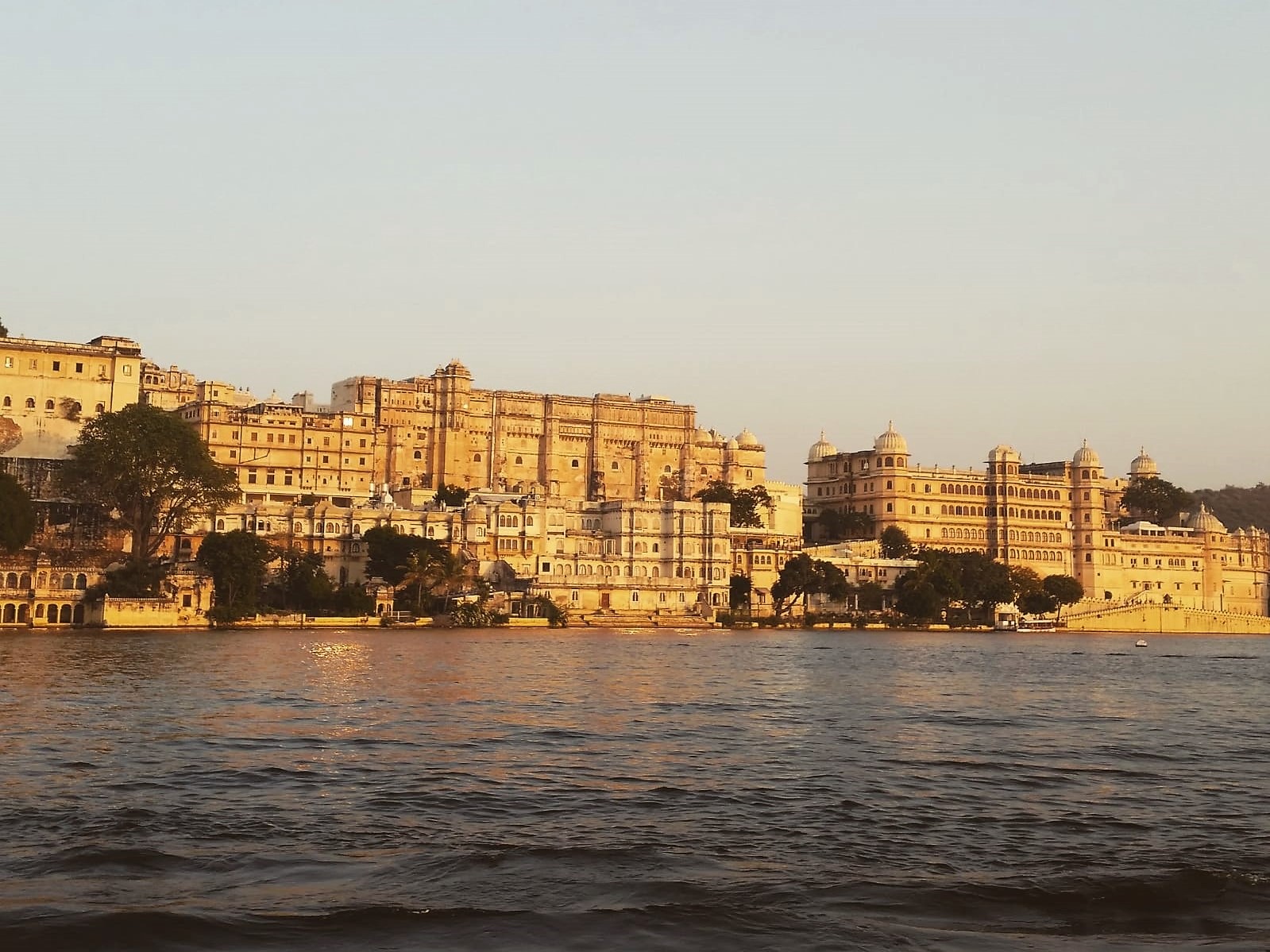
Udaipur is part of a puzzle that makes Rajasthan one of the most visited regions in India and Asia. Each one
brings a different aspect as Udaipur- “The Lake City” – combines royalty with clean tourist appealability.
However, starting a Rajasthan road trip from Udaipur means that the following townships have a lot to live
up to, but, it is a must.

Food specialities: Street food, Dal Bati, Rajasthani thali
Attractions: City palace, walking the streets, day trip to the famed Ranakpur Jain temple and
Kumbhelgarh fort and a separate day trip to Chittorgarh fort, boat ride along Lake Pichola.
Tips: Don’t respond back to the street hagglers, barter for prices (initial price is always
inflated).

Dunedin, New Zealand
The ‘Edinburgh of the South’ or more commonly known as Dunedin due to the name being derived from the
Scottish Gaelic name for Edinburgh - Dùn Èideann is known for being the student capital of New Zealand
(thank you University of Otago), its Scottish Architecture and the Otago Peninsula which is rich in
wildlife. It may not be as large as the other towns of New Zealand but adds another dimension to your New
Zealand – which makes it a must visit.
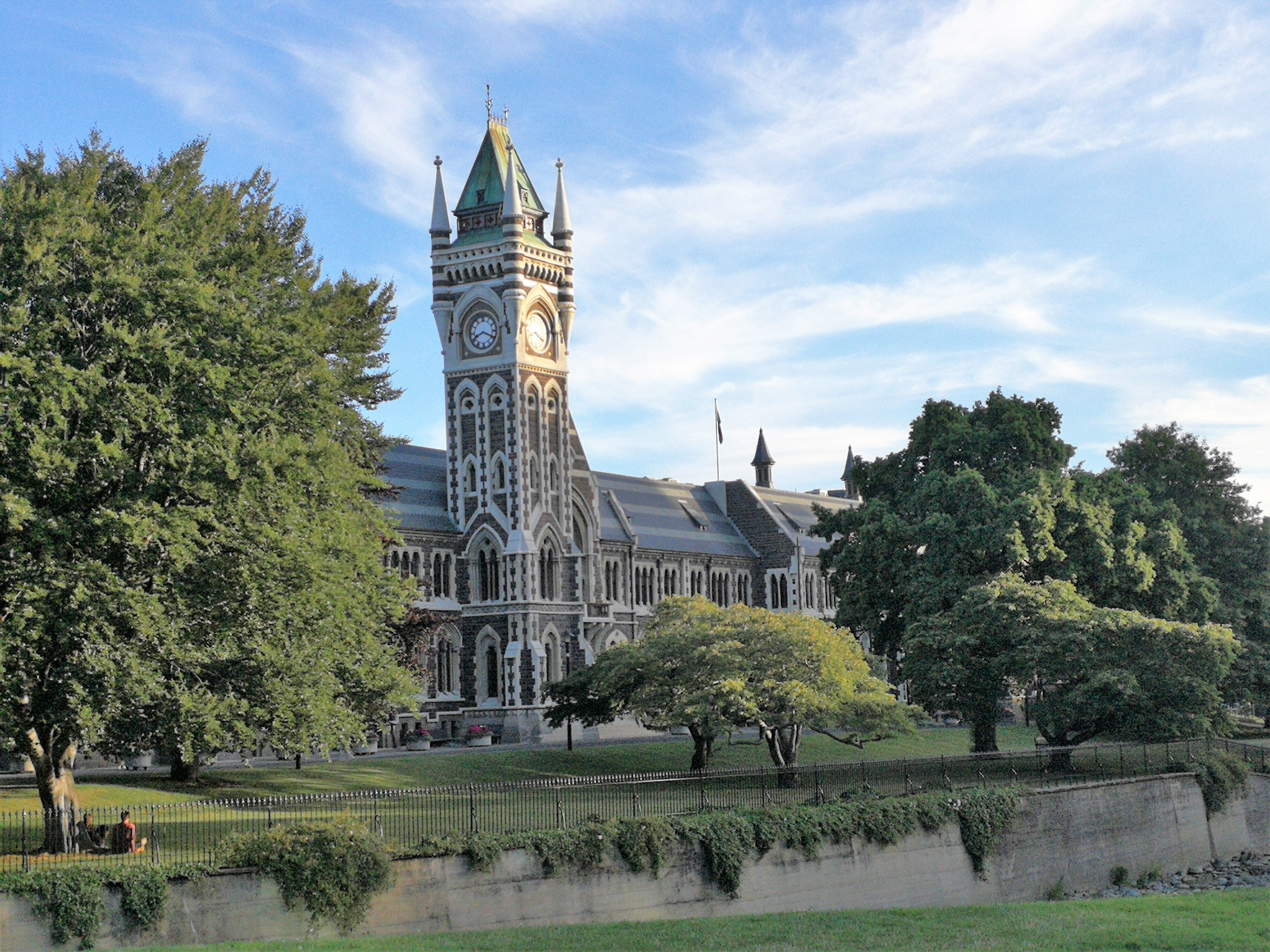
Along with our South Island road trip, the end of the Southern Scenic Route brought us to Dunedin. Being a
coastal town, the local favorite of Tunnel Beach takes you through a tunnel onto a sandy little cove, while
the guarded secret of Mt. Cargill provides views of the city and its nature that only the overhyped
reputation of Signal Hill Lookout could provide. Personally, the highlight of visiting Dunedin had to be
Otago Peninsula which gives you an uninhibited wildlife experience of seals, albatross and penguins.
Driving around the peninsula gives you a unique exposure to nature ranging from the chasms, lovers leap,
Taiaora Head Lighthouse and Sand-fly Bay.
With the reputation of Dunedin being a university town there is more to be offered by the town for locals
and visitors alike. With the convenience of Dunedin being at one end of the Southern Scenic Route it makes
it easier to visit The Edinburgh of the South – one of the most underrated regions of New Zealand.
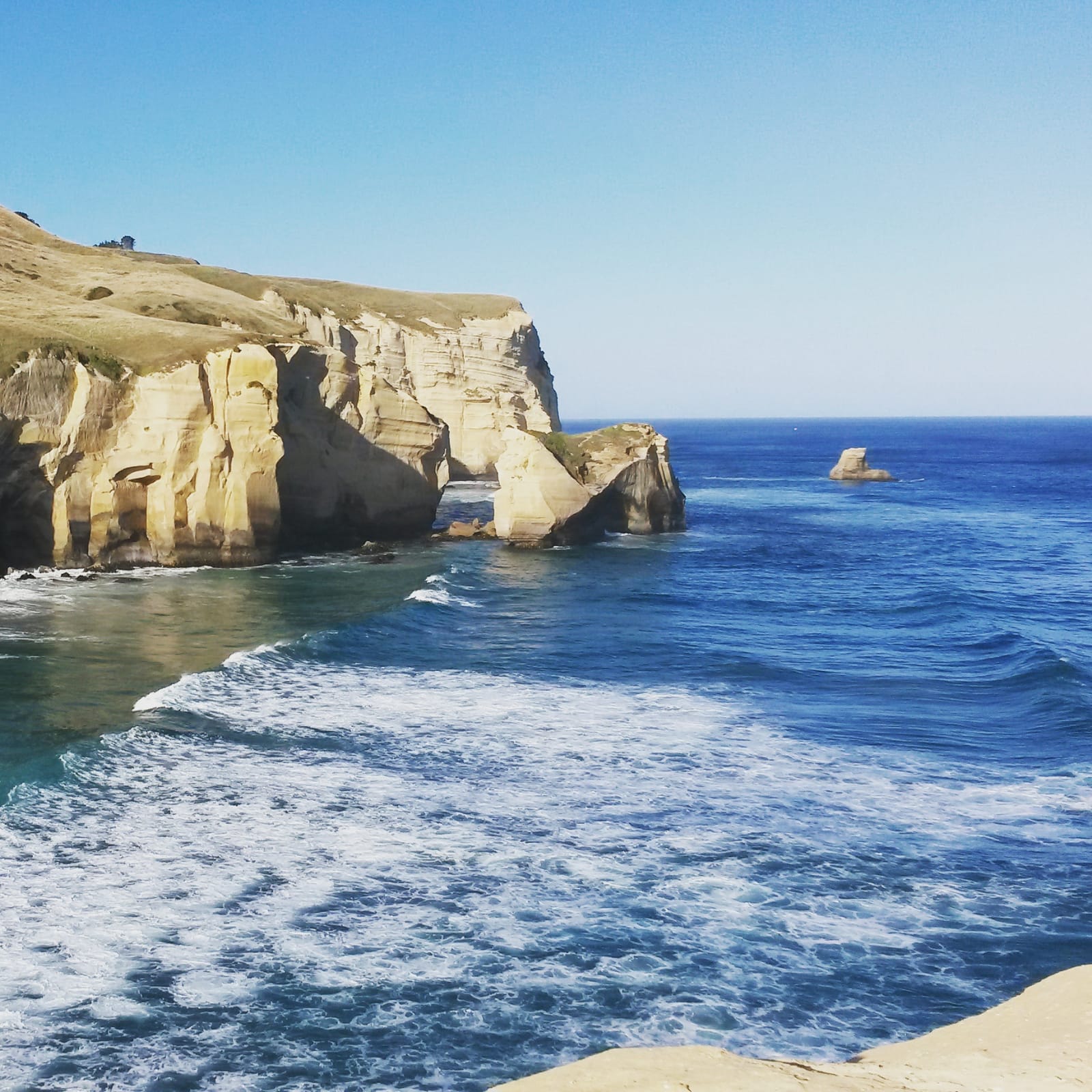
Food and drink specialities: Alcohol beverages (likes of Speights and Emersons)
Attractions: Otago Peninsula (its wildlife), Mt Cargill, Signal Hill Lookout, surfing along St.
Clairs, Tunnel Beach, The Octogon, Lanarch Castle, Dunedin Botanical Gardens, Architecture around the town,
University of Otago clocktower
Tips: Try to go during the Summer (late December-early January) when the town is empty from students
– it is cleaner but also accommodation is cheaper - while, ensuring all the attractions are not hammered by
the harsh winter conditions.



